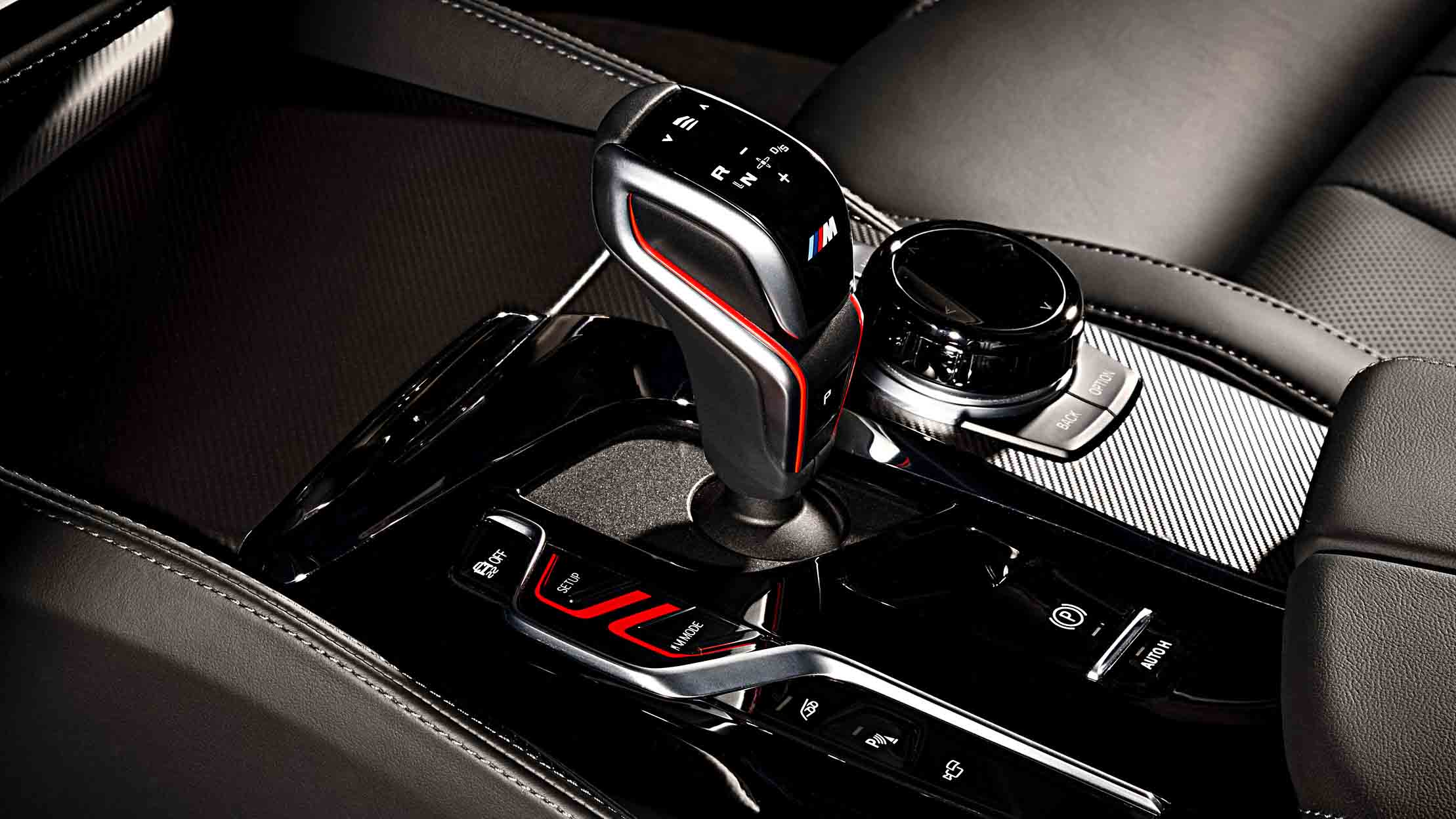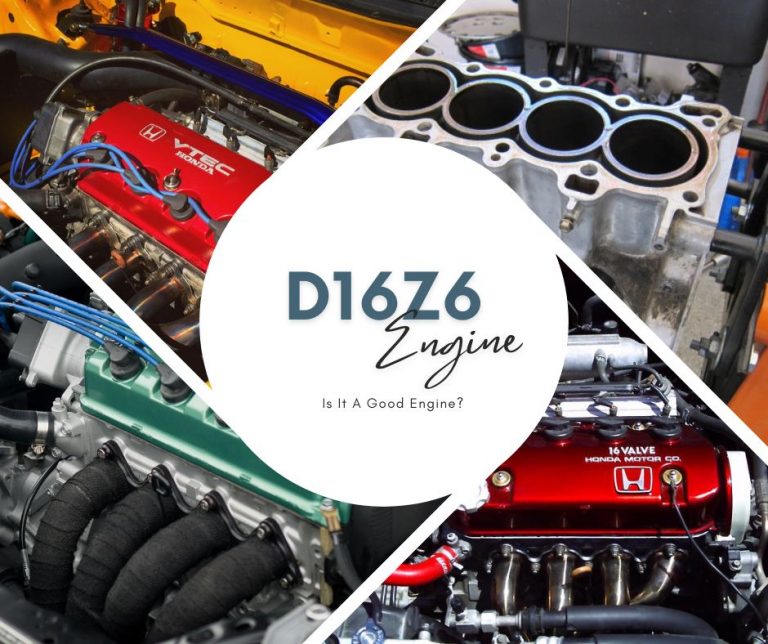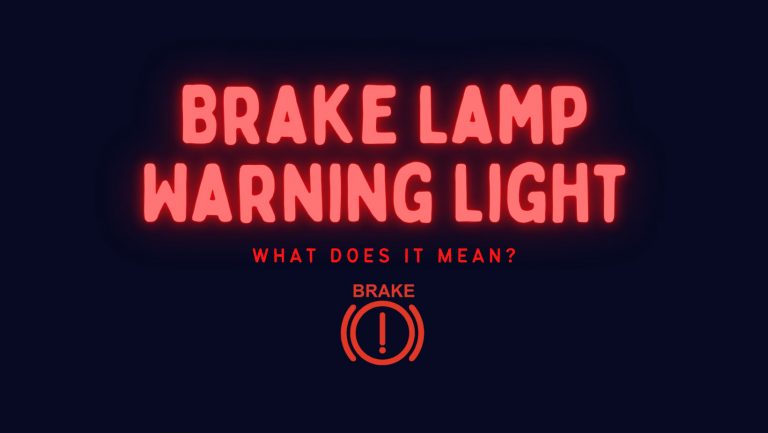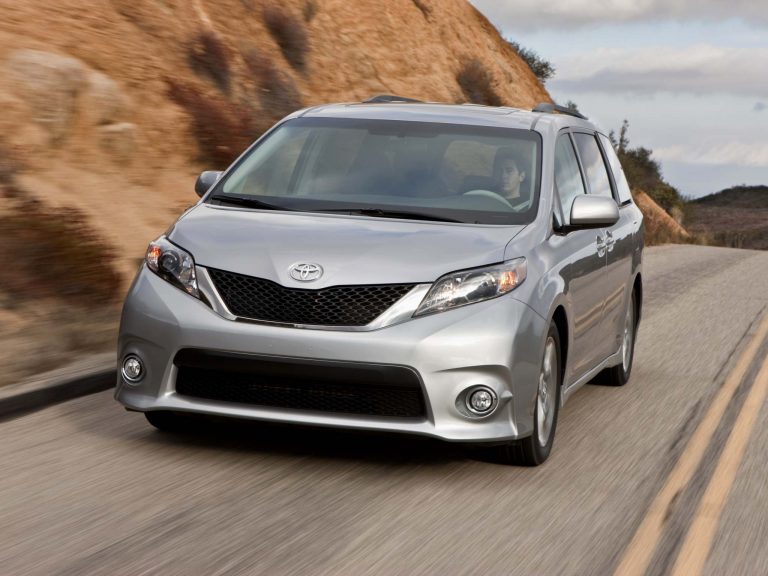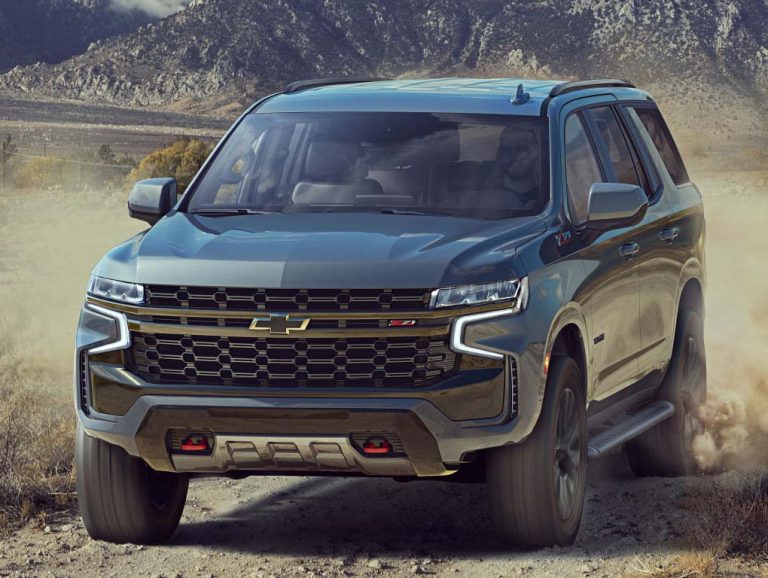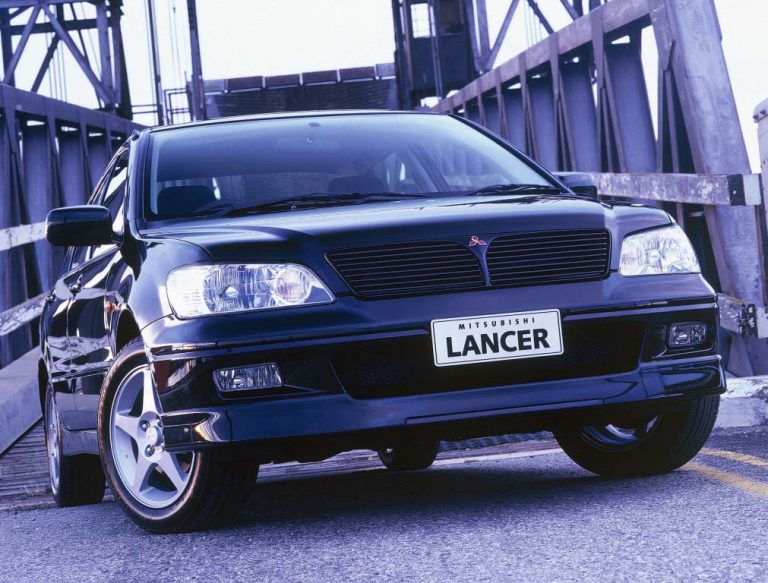What Does Driving in S Mean For Your Car?
Many of us may have learned to drive stick, not just automatic. Sure, it’s a little more difficult but ultimately it makes you a better driver and helps you understand far more about how a car operates. As well as gives you the confidence to drive almost any other vehicle.
Even if you never drive stick/manual again. But when it comes to driving a nice new automatic suddenly the gears make a little less sense. How do these letters correspond to gears and which is best for which situation? This short and sweet article is going to cover the question, of “what does driving in S mean for your car”, as well as give you a little more info about how driving in S works.
What Does S Mean On Your Gear Stick?
There is a lot of false information out there about what S means on your gearstick. Some of it is simply inaccurate or outright wrong, while some of it is meant as a joke. If you believed that S stood for “slow” then you may need to have a little think about the consequences of trusting an unreliable source. So, what does S mean on your gear stick?
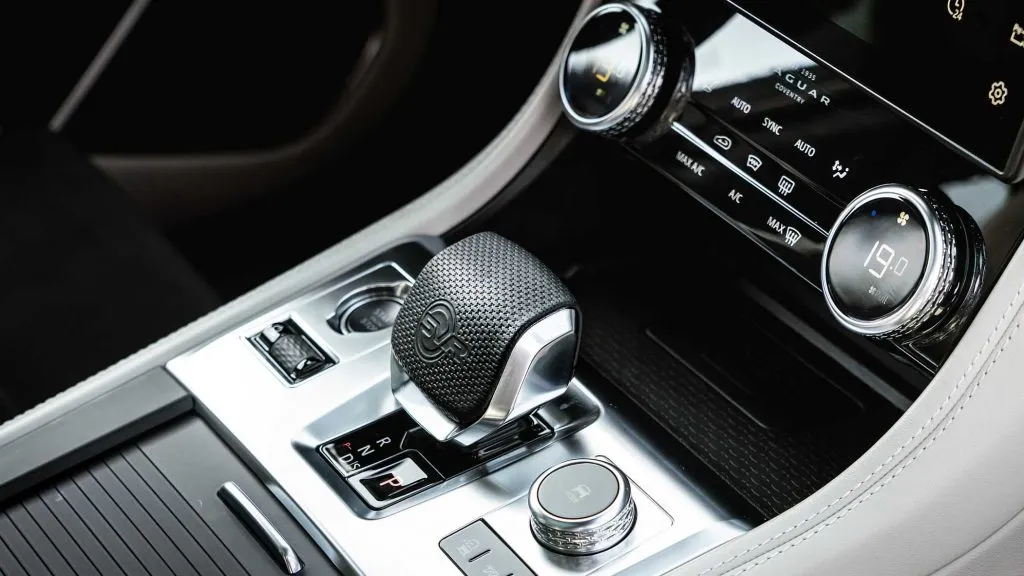
It generally refers to sport mode, even if that is not clearly laid out by the manufacturer. Sometimes the meaning behind driving in S isn’t addressed as there is an assumption that everyone would know what it was. Which is harsh because many people don’t. If this is your first time owning an Automatic, why would you?
So, what does SPORT MODE on your gearstick actually do? Sport mode changes the automatic transmission from changing to a higher gear unless it reaches a higher RPM than when you driving in the normal D mode. In some cases, it simply raises the RPM threshold needed for the gearbox to change up a gear and in others it may also effect things such as the suspension stiffness, exhaust valves opening to increase the cars sporty sound and other aspects of your car. When you are accelerating, the higher the RPM you reach before changing up a gear the faster you will (generally) accelerate due to increased torque at a higher RPMs.
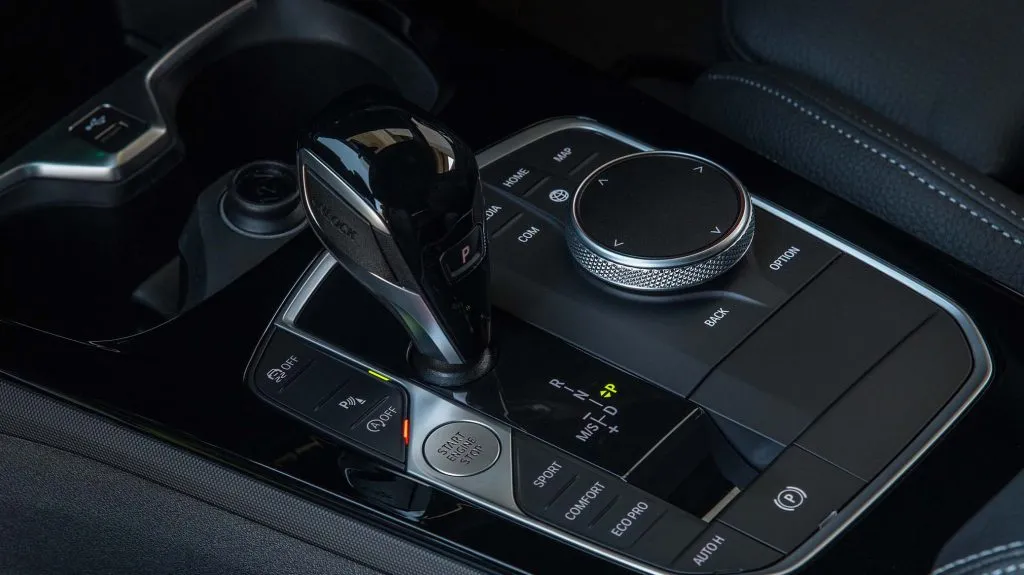
There is usually a sweet spot on each individual car for getting the maximum speed out of your transmission. But, a general rule of thumb is more RPM and more speed. It’s why when you find yourself driving stick and you are cruising at, say, 30mph in 5th your car starts to feel like it is struggling to keep going and you may lose speed. Where as if the car holds the RPM higher before changing gear it is letting the engine rev out more, extracting maximum performance from the engine for each gear.
How Do Automatic Transmissions Work?
The manual transmission makes a lot of sense, mechanically and conceptually, than an automatic transmission. Even though they work in much the same way.
With a manual transmission, we will engage and disengage the clutch to manually change the gear. The clutch is pressed when you wish to make a gear change and released once the change has been made. An automatic transmission removes our judgment about when is the best time to change gear out of the equation and instead does it itself.
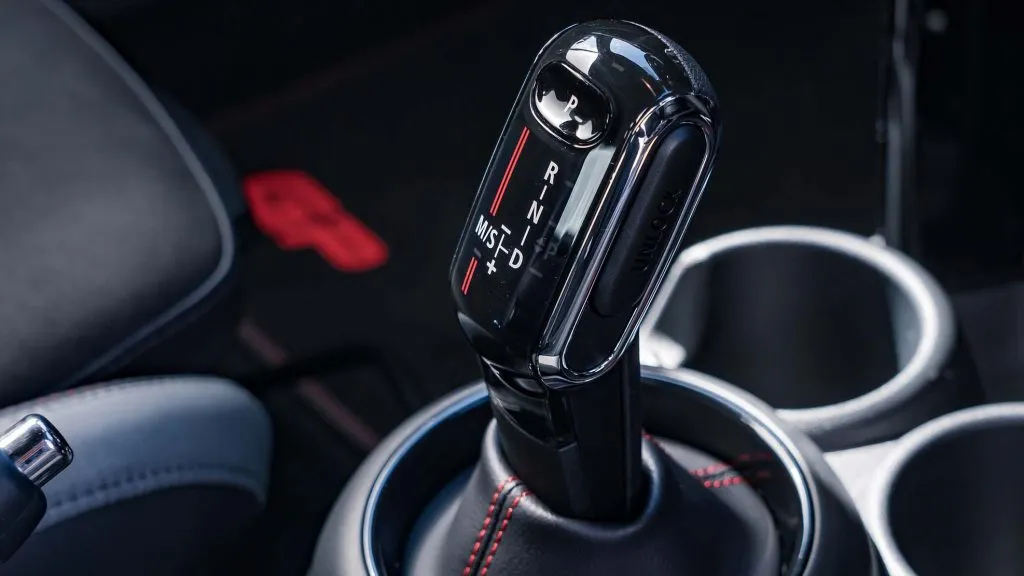
An automatic transmission uses something called a “torque converter” to make the decision for us. It connects the transmission to the engine and uses a complex, yet tiny, computer to help determine when a gear shift should be made. It is usually based on RPM and speed rather than context clues we use as people and learned during our driver’s ed lessons.
A good example of how this is useful is the issue many people have of deciding whether to change down a gear approaching, during, or after a corner as they reduce speed. The automatic transmission does so smoothly throughout the turn and generally makes life easier for a lot of people.
Does S Do The Same Thing As Sport Mode?
Yes, S on a gear stick means sport mode and it is much the same thing as a sport mode button on the steering wheel or center console. However, the two can be slightly different and often even come as a pair. Yes, it is possible to have 2 sports modes and yes it does make a difference to combine the two.
The standard S on the gearstick will generally adjust the transmission to optimize the maximum RPM prior to shifting gears depending on how you’re driving and a sport mode button will generally do the same plus change a whole range of other aspects. As I previously mentioned before, this can include changes to the suspension, exhaust, accelerator sensitivity and even the weight of the steering wheel.
But there’s also the possibility that Driving in S via the gearstick and a sport mode button may do exactly the same thing. This varies greatly depending on the car, some European cars can even have multiple sport mode buttons which are customizable according to the drivers preferences.
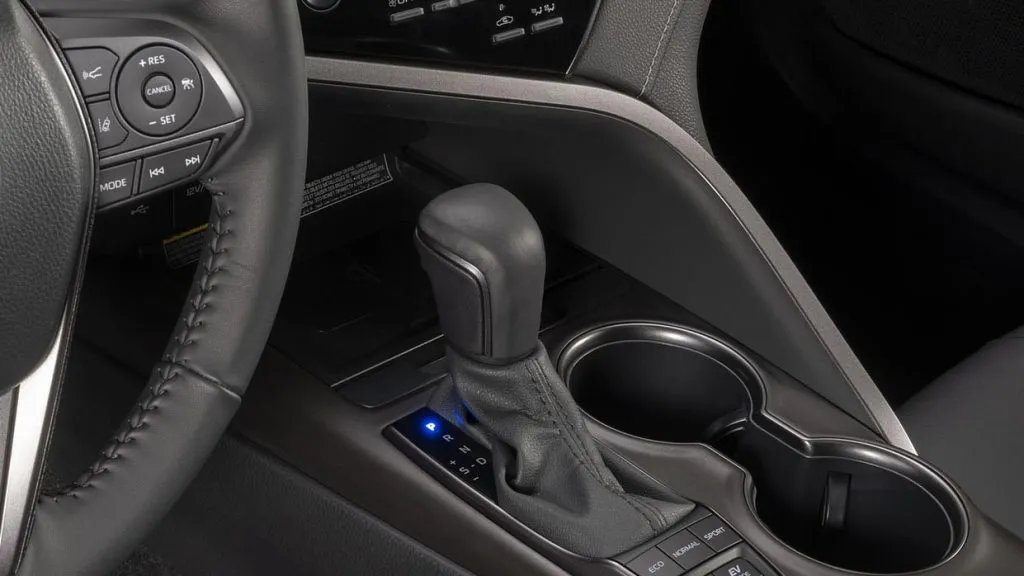
If you are cruising along in D, for example, 6th gear, you will find that shifting to S will drop you down a gear and the gas pedal will begin to feel more sensitive. If you put your foot down at this point, the pedal to the metal, you are going to feel almost propelled forward due to the responsiveness of the car at higher RPMs.
Although, be careful, don’t try out the S and/or SPORT combination if there are any cops around just in case you get a little carried away. If you spend most of your time driving in the normal modes, driving in S can be quite a radical change depending on your car.
Does Driving in S Mean Snow Mode?
The problem with having an S gear, a SPORT, sport, or S button, and a button for snow is that there is the potential to have a lot of S settings in the car that all do similar but different things! As a rule of thumb, no, your snow button will not be a simple S as that is normally reserved for SPORT mode.
Additionally, you are not going to have a gearstick setting for snow because driving in snow requires the use of as high a gear as possible at the time to increase traction and reduce wheel spin. Snow mode and Sport mode do almost polar opposite things though their principle of changing shift points is much the same. So, even if you could use both at once (you can’t) they would balance each other out.
Does Driving In S Use More Fuel?
Yes, driving in S absolutely uses more fuel and can massively increase your MPG if used over long periods, especially whilst driving in a spirited manner. Sport mode raises the RPM needed to shift up a gear. And, since the higher the RPM the more fuel you are using you will find that sport mode can almost cut your mpg in half if you were to use it all day every day.
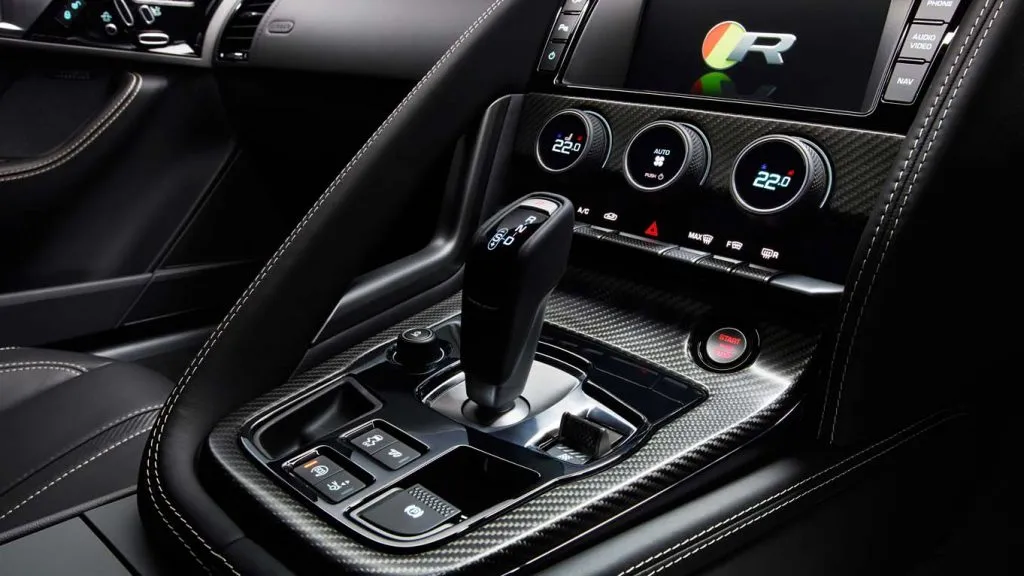
If you have ever stuck your dynamic MPG rate on the dashboard just to see how it changes as you are driving around, you will notice that your mileage is best when sat at around 50-60 on a freeway hardly touching the accelerator, and in high gear. And at its worst when you are in a low gear pulling away. You can see where this going without further explanation.
When is Driving in S Best?
Sport mode is meant for fun rather than serving a technical purpose such as snow mode. When is it best to be driving in S? Whenever you feel like it! It’s meant to be fun; it’s meant to be enjoyed. If you have had a long day at work and feel like blowing off some steam on the way home that is the perfect time to put your car into sport mode and see what driving in S is all about!
Long straight roads are best to get the maximum benefit. Winding country roads are best to get the maximum fun! Coming out of corners at high speed in low gear will feel like you are getting slingshot into outer space! Well, almost. Maybe I’m getting carried away, but it’s definitely more fun in most cars.
What Is The Difference Between D and S On An Automatic Gear Stick?
Your everyday driving will be done in D, for Drive. Naturally. The difference between driving in S and D is almost entirely the RPM rates needed to change up a gear or the manual block on changing up you will have (using sport mode) to increase speed and performance.
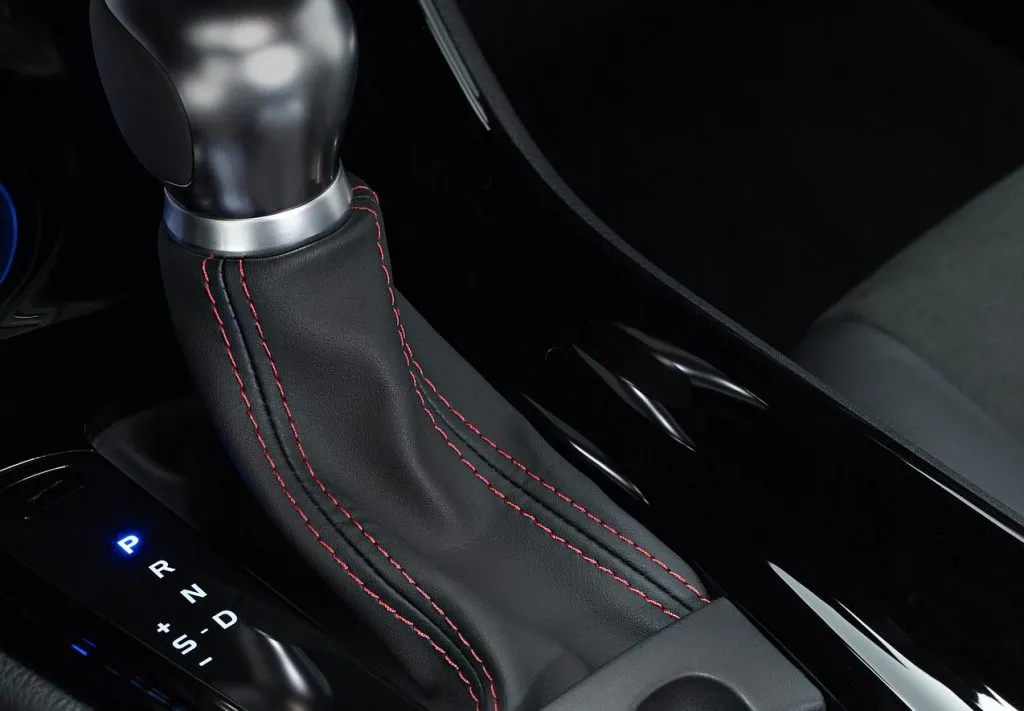
Being in the S gear is not something that must be done when you set off, it is able to be toggled on and off as you are driving without disrupting your experience. However, many people choose to drive in S mode right from the get-go because it’s more fun. Either could, theoretically, be used for your day-to-day driving experience.
Is It Best To Cruise In S Or In D When Driving?
Joke answer: Ask your bank account! But seriously, driving in S versus D comes down to what you expect to get out of your car. Driving in S will cost way more in gas consumption and reduce the longevity of your engine and transmission overall. If you like to buy a new car to use and abuse it then more power to you. However, if you hope to have your car for years to come you may want to be driving in S sparingly. But not too sparingly (everyone needs a bit of fun these days).
It’s not going to kill your engine but obviously the harder you make your engine work, the more quickly you’ll need to ensure you maintain certain aspects of it. Take racing for example, after every race, a car may need a full check over, new tyres and a change of oil to ensure it’s running optimally after being pushed to the limit. This is an extreme example but as you can see, pushing your car a bit harder will wear it down faster than just driving sedately everywhere.
Final Thoughts on Driving in S
After reading this blog post from start to finish you hopefully now feel like you have a good understanding of what the S gear is, what SPORT mode means and how it affects your driving experience, and whether or not you are someone who is going to use it daily. For the majority of cars, driving in S doesn’t completely change the way your car drives so much so that you should feel compelled to use it at all times, but it is great fun and can be a good reminder of what your car is really capable of.

